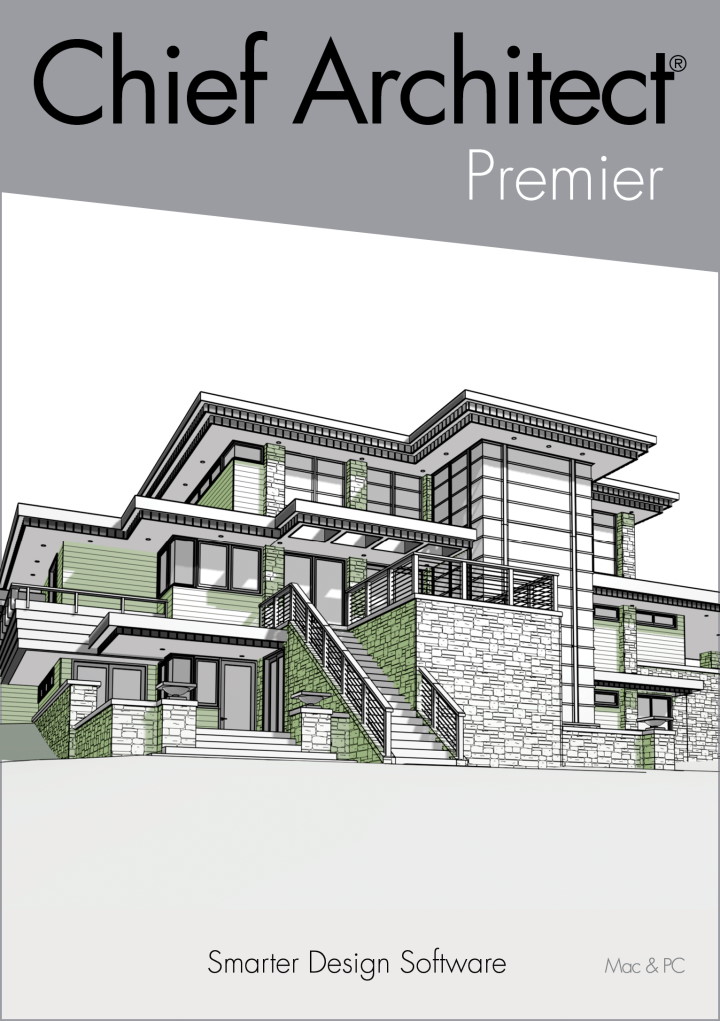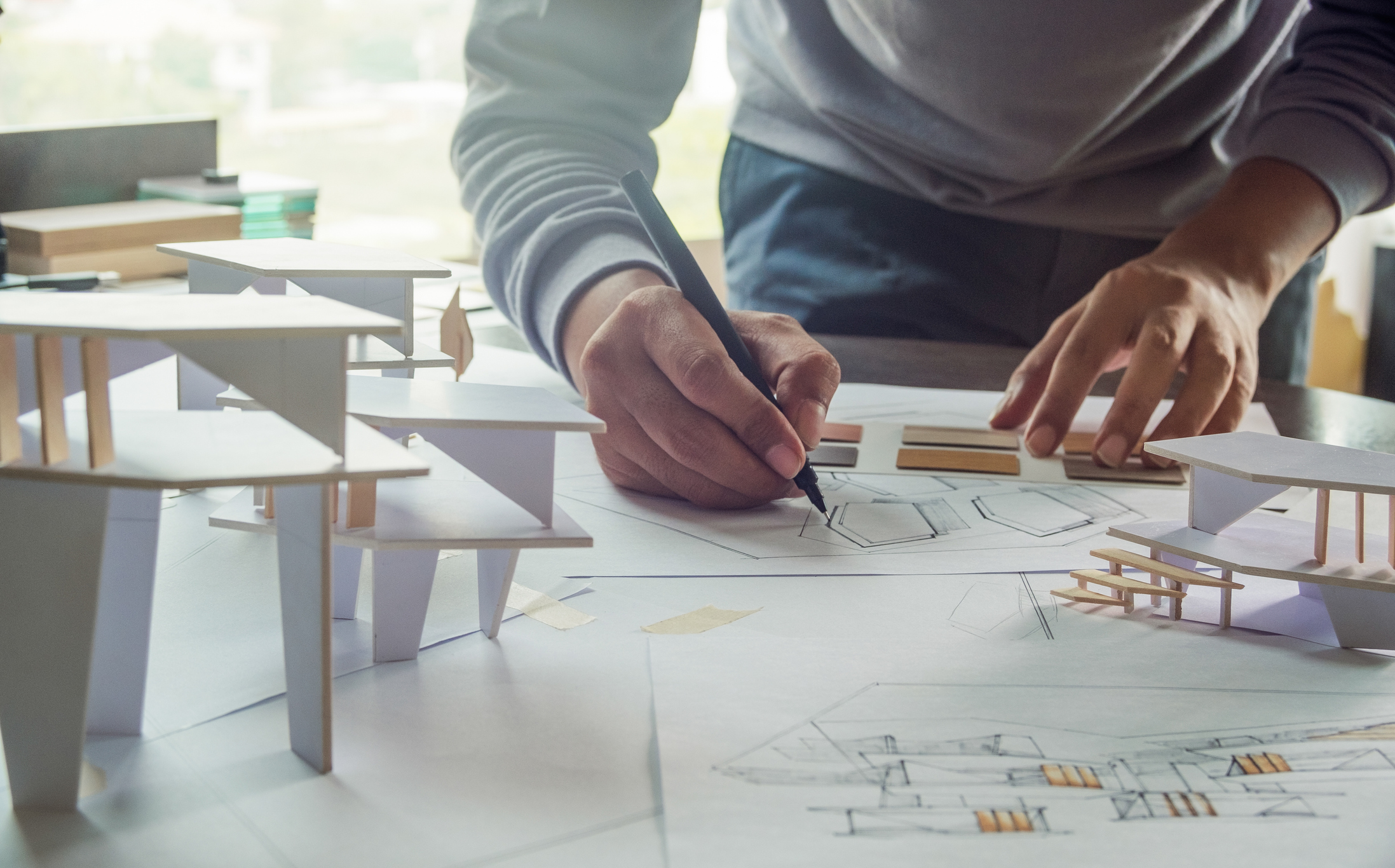Architect Guide to Sustainable Building Materials
Architect Guide to Sustainable Building Materials
Blog Article
The Role of Sustainability and Innovation in Modern Architect Practices
Sustainability and technology are reshaping modern-day architecture in methods you might not anticipate. By welcoming environmentally friendly materials and smart innovations, engineers are not simply creating structures; they're crafting settings that boost our lifestyle. This change isn't just regarding aesthetics or performance; it has to do with creating an accountable method to our world's future. What's driving this transformation, and exactly how can these modifications effect your community?
The Value of Sustainable Style
Lasting style is important not just for the setting yet likewise for boosting our lifestyle. When you accept lasting layout, you're not simply reducing your carbon impact; you're developing areas that advertise wellness and well-being. Picture residing in a home that takes advantage of all-natural light, improves air high quality, and lowers energy expenses. You'll feel more linked and comfy to nature.
Additionally, sustainable style often brings about stronger neighborhoods. When structures are made with eco-friendly practices, they can influence others to adhere to match, fostering a culture of sustainability. You'll notice increased residential or commercial property values and a greater feeling of satisfaction in your environments.
Finally, by prioritizing sustainability, you're purchasing the future. You're guaranteeing that future generations delight in a healthier earth and lively communities. When you consider your following job, assume concerning just how lasting style can elevate your life and those around you.
Ingenious Products Changing Structure Practices
As you discover cutting-edge products in architecture, you'll find that biodegradable construction materials are improving just how we think regarding sustainability. Recycled web content technologies are offering new life to waste, while smart product technologies boost constructing performance. These developments not just promote eco-friendliness but also push the limits of design.
Biodegradable Construction Materials
While standard construction materials typically add to environmental degradation, biodegradable building materials are arising as a feasible alternative that transforms building practices. You can discover alternatives like mycelium, hempcrete, and bamboo, which not only reduce waste yet likewise advertise sustainability. These materials break down normally at the end of their lifecycle, decreasing landfill contributions. By integrating biodegradable choices right into your styles, you're not simply enhancing visual allure; you're additionally making a positive effect on the planet. Plus, they often call for less energy to generate, even more decreasing your task's carbon impact. As you adjust to these ingenious materials, you'll find that they use resilience and versatility, allowing you to produce structures that align with contemporary worths of sustainability and responsibility.
Recycled Material Advancements
In recent times, innovative materials with high recycled material have actually reinvented building methods, supplying designers interesting new options - Architect. You can now incorporate materials like recycled steel, which not only minimizes waste however likewise boasts impressive stamina. Recycled glass is an additional great selection, providing aesthetic appeal while decreasing ecological effect

Smart Material Technologies
Smart product modern technologies are improving the means you think of developing methods, providing vibrant remedies that adjust to altering problems. These cutting-edge materials, such as self-healing concrete and thermochromic glass, boost structure performance and sustainability. When harmed-- these developments are no much longer just ideas, picture frameworks that can readjust to temperature level changes or fix themselves. By incorporating smart materials, you can create energy-efficient designs that react to their atmosphere, reducing general power usage. The ability to monitor and adapt in real-time streamlines upkeep and lengthens the lifespan of structures. As you accept these technologies, you're not just introducing; you're contributing to a more lasting future in design, combining capability with ecological responsibility.
The Assimilation of Smart Technologies in Style
As innovation advances, integrating wise options right into building layout ends up being crucial for developing lasting and effective rooms. You can include clever modern technologies like developing management systems, which optimize energy use and enhance occupant comfort. Sensors can keep track of environmental conditions, adjusting illumination and temperature immediately based upon real-time information. This flexibility not only boosts customer experience yet additionally lowers energy usage.
Including Web of Things (IoT) tools enables smooth interaction among various structure systems, allowing you to make data-driven decisions that improve capability. Smart products that react to ecological adjustments can even more enhance your layout, supplying dynamic services to ever-changing problems.
Energy Efficiency and Renewable Power Solutions
While numerous architects concentrate on appearances, focusing on energy performance and renewable resource services is crucial for lasting design. You can begin by including passive solar design, which enhances natural light and warmth, lowering dependence on fabricated lighting and heating unit. Use high-performance insulation and energy-efficient windows to decrease energy loss.
Don't forget renewable resource systems-- install solar panels or wind generators to create tidy power on-site. You can likewise consider incorporating geothermal home heating and cooling systems for a more sustainable temperature level guideline.
By picking energy-efficient appliances and illumination, you'll not just lower energy consumption but likewise lower functional expenses for developing occupants.
Incorporating these principles right into your layouts not just profits the setting however additionally enhances the structure's charm and value. Inevitably, your commitment to power effectiveness and sustainable energy will set your tasks apart in an affordable market.
Water Conservation Techniques in Modern Design
Incorporating water preservation methods into modern-day architecture is essential for producing lasting structures that decrease environmental influence. You can attain this by integrating rainwater harvesting systems, which keep and accumulate rain for watering and non-potable usages. Implementing low-flow fixtures and wise watering systems additionally minimizes water consumption, ensuring reliable use throughout the structure.
Take into consideration making use of drought-resistant landscape design, which needs less water and advertises biodiversity. Incorporating permeable paving products allows rain to infiltrate the ground, lowering overflow and charging groundwater products.
Furthermore, mounting greywater recycling systems can repurpose water from sinks and showers for bathroom flushing or watering, more saving sources.
The Impact of Biophilic Style on Wellness
Biophilic design brings nature inside your home, and Go Here you'll discover its favorable results on your health and wellness and happiness. By improving interior air quality and linking you with natural environments, these rooms can transform your day-to-day experience. Let's explore exactly how integrating these features can enhance your general health.
Nature's Impact on Health and wellness
Just how does our atmosphere form our wellness? It can greatly improve your mental and physical health and wellness when you integrate components of nature right into your surroundings. Biophilic style, which stresses all-natural light, plants, and organic materials, promotes a feeling of link to the outdoors. This link can minimize tension, increase state of mind, and improve cognitive function. You might locate that rooms loaded with greenery encourage creativity and productivity, making your daily tasks really feel much more delightful. Furthermore, natural components can help you really feel extra kicked back and focused, promoting total health. By prioritizing nature in your setting, you're not simply improving your space; you're also supporting your wellness and joy. Accepting biophilic design is a step toward a much healthier way of living.
Enhancing Indoor Air Quality
While several people concentrate on aesthetic appeals and functionality in style, improving interior air quality plays an important function her explanation in your total health. Poor air high quality can cause health and wellness issues like migraines, exhaustion, and respiratory issues. By including biophilic layout aspects, you can improve air high quality normally. Plants, for instance, not only beautify your room however likewise filter contaminants and enhance oxygen degrees. Making use of products with low volatile natural compounds (VOCs) even more adds to a healthier indoor setting. Furthermore, taking full advantage of natural ventilation helps in reducing indoor toxins. Focusing on these aspects in your layout will not only elevate your space but likewise advertise a feeling of calm and well-being. Eventually, a concentrate on air top quality is vital for a healthy and balanced and lasting living setting.
Link With All-natural Aspects
When you attach with all-natural elements in your area, you not only enhance its visual allure but likewise substantially boost your well-being. Biophilic design motivates you to incorporate attributes like plants, all-natural light, and natural products. These components produce a relaxing ambience, lowering stress and anxiety and anxiousness.
Future Patterns in Sustainable Building Practices
As the world encounters pressing environmental difficulties, designers are significantly welcoming cutting-edge techniques to sustainability that redefine how we design and build. You'll see a surge in biophilic design, integrating nature right into urban spaces to improve well-being and minimize energy consumption. Smart modern technologies, like AI and IoT, are streamlining power administration in structures, optimizing source use, and decreasing waste.
In addition, modular building is getting grip, enabling faster, much more reliable building procedures while minimizing ecological impact. Using sustainable materials, such as reclaimed timber and recycled steels, is becoming basic technique. As you check out these patterns, expect a change toward circular design, emphasizing the lifecycle of materials and promoting reuse and recycling.
These forward-thinking techniques not just address ecological concerns but also create much healthier, more durable communities. By staying educated regarding these trends, you can help shape a sustainable future in style.
Often Asked Questions
Just How Can Sustainability Affect Job Budget Plans and costs?
Sustainability can significantly influence job expenses and spending plans. You may find that preliminary financial investments in environmentally friendly materials or modern technologies bring about long-term financial savings with power performance, minimized waste, and potential government incentives, inevitably balancing the overall expenses.
What Qualifications Exist for Sustainable Architecture?
You'll discover numerous certifications for sustainable design, consisting of LEED, BREEAM, and the Living Structure Challenge. These qualifications aid you show your commitment to sustainability and can boost your project's integrity and interest clients.
How Does Regional Culture Influence Sustainable Layout?
Local culture shapes lasting style by reflecting community products, worths, and traditions. You'll discover that integrating why not try this out neighborhood aesthetics and techniques not only values heritage yet likewise boosts the capability and acceptance of your building jobs.
What Function Does Client Education And Learning Play in Sustainable Practices?
Customer education's important for promoting lasting practices. When you inform customers regarding advantages, prices, and ecological effects, you encourage them to make informed choices, cultivating a collaborative approach that boosts the task's total sustainability.

How Can Architects Determine the Success of Sustainability Efforts?
You can gauge the success of sustainability initiatives by tracking energy usage, reviewing product effectiveness, and event responses from clients. Regular audits and comparisons against criteria will certainly assist you fine-tune your strategies and display enhancements properly.
By incorporating clever products, you can create energy-efficient styles that react to their atmosphere, minimizing overall energy usage.While numerous engineers focus on looks, focusing on power performance and renewable energy solutions is necessary for lasting style. Biophilic design, which stresses natural light, plants, and organic materials, fosters a sense of link to the outdoors. Biophilic layout encourages you to incorporate features like plants, natural light, and natural products. As you explore these patterns, anticipate a shift towards circular style, stressing the lifecycle of materials and promoting reuse and recycling.
Report this page